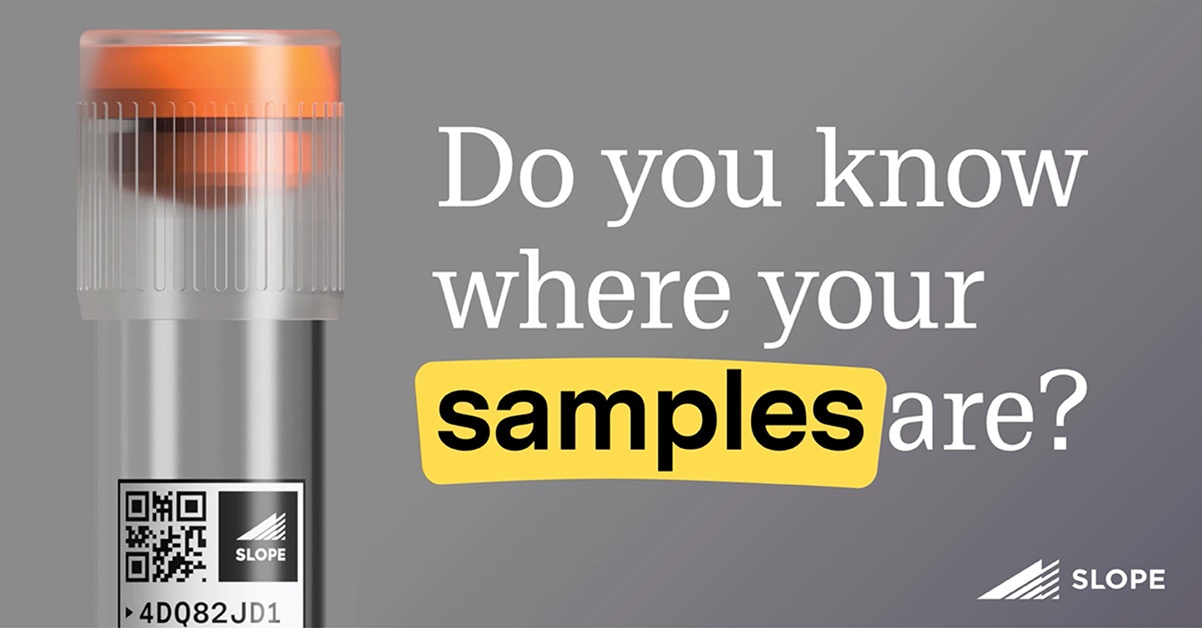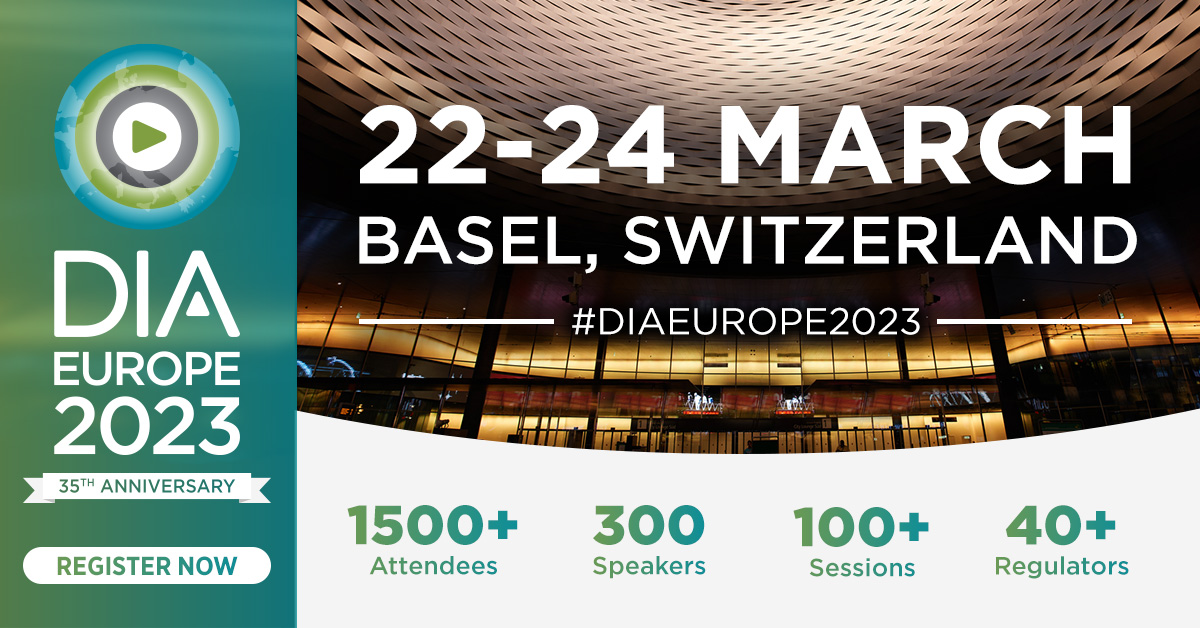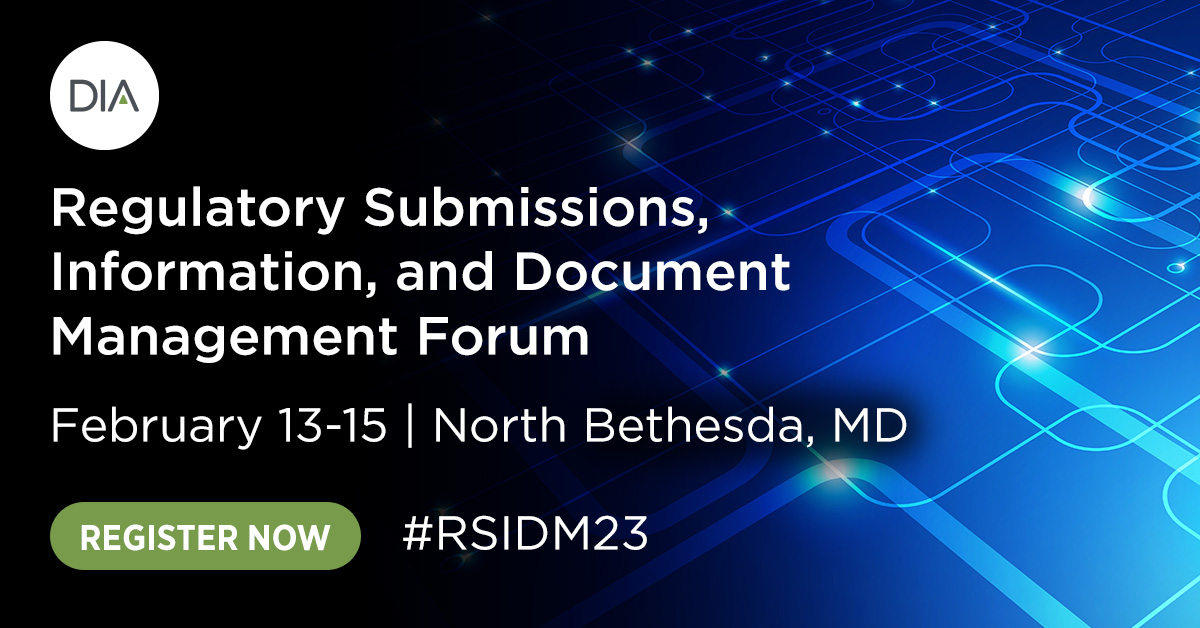Table of Contents
EXECUTIVE LEADERSHIP
Subscribe
Love Global Forum’s new online format? Subscribe today and never miss an issue.
Editorial Board
Content stream editors
Gary Kelloff US National Institutes of Health
Ilan Kirsch Adaptive Biotechnologies Corp.
regulatory science
Isaac Rodriguez-Chavez ICON plc
Patient engagement
Trishna Bharadia Patient Advocate and Media Contributor
Mary Stober Murray National Minority Quality Forum
Editorial Staff
Sandra Blumenrath, Managing Editor, Scientific Publications DIA Scientific Communications
Chris M. Slawecki, Senior Digital Copyeditor DIA Scientific Communications
Regional Editors
David Mukanga Bill and Melinda Gates Foundation
ASEAN
Jin Shun Sandoz
AUSTRALIA/NEW ZEALAND
Richard Day University of New South Wales, Medicine, St. Vincent’s Hospital
CHINA
Ling Su Shenyang Pharmaceutical University, Lilly Asia Ventures
Europe
Julie O’Brien Pfizer
INDIA
J. Vijay Venkatraman Oviya MedSafe
JAPAN
Ozawa Goshi Real Discovery Outdoors Co,. Ltd.
LATIN AMERICA
Cammilla Gomes Roche
USA
Ebony Dashiell-Aje BioMarin
Young Professionals Editor
DIA Membership
Bringing together stakeholders for the betterment of global health care.
igital health data technology is transforming clinical research and therapeutic product development from a straight-line model (with data flowing “from beginning to end” to inform sequential, gated phases) to a self-reinforcing feedback loop–a digital virtuous loop that informs the entire product development lifecycle in an iterative manner.
ne fundamental challenge facing life scientists is establishing standards for clinical data sharing that enable decentralized or digital trials. During the 30-plus years that the Clinical Data Interchange Standards Consortium (CDISC) has been in place, the ways that the biotechnology and pharmaceutical industries think about data have changed significantly.
How Technology Can Help Match Cancer Patients with Cancer Trials
@MassiveBio
ore than 18 million Americans have been diagnosed with cancer in the past decade, according to the American Cancer Society. This is by any measure a staggering figure. And while the past century’s scientific advancements have greatly improved detection, treatment, prognosis, and life expectancy for these patients, there is still much work to be done in the search for a cure.
![]() Podcasts
Podcasts
Digital Revolutionizes Data-Driven Reimbursement
Curavit Clinical Research
here’s more than one way to architect a decentralized clinical trial (DCT). While this flexible model has many benefits, it can be overwhelming to bring together all the right elements to operationalize a trial that’s predominantly digital. Every trial is unique, so it is not realistic to templatize (impose a standard implementation template on) a DCT. But four common, fundamental components combine to facilitate a seamless, patient-centric DCT.
“It’s like a trial in a box, but each box is a little bit different,” said Steve Rosenberg, CEO of a cloud-based platform company that powers decentralized clinical trials. Even with a DCT’s inherent optionality, foundational components can ease implementation and improve execution.
EU Industry Perspective on Future Directions
Janssen Pharmaceutica, NV
Janssen-Cilag Limited
eal-world evidence (RWE) policy is evolving around the world, with increasing recognition that RWE offers a value proposition for all stakeholders in the research, development, and healthcare ecosystem. In the European Union, the European Health Data Space (EHDS), if optimally implemented, has the potential to advance the concept of a learning healthcare system that enables not only sharing of data but also sharing of insights. This concept provides a vision for a future when improved, more connected use of data will enhance decisions on therapies for individual patients, with feedback loops from clinical practice to research and development, and then back again, with each helping the other to make better decisions faster.
he pharmaceutical industry has embraced digital transformation as a means of generating data that enables faster and better-informed decision making. Digitization has resulted in improved cohesion and overall effectiveness across the pharmaceutical value chain.









